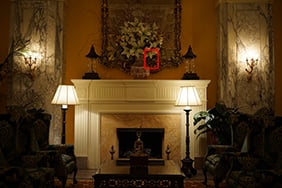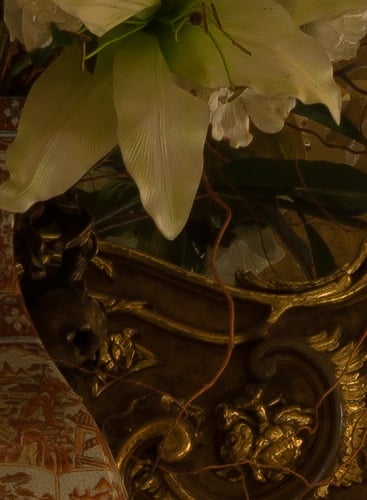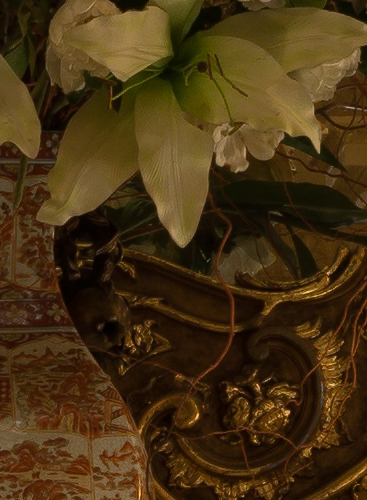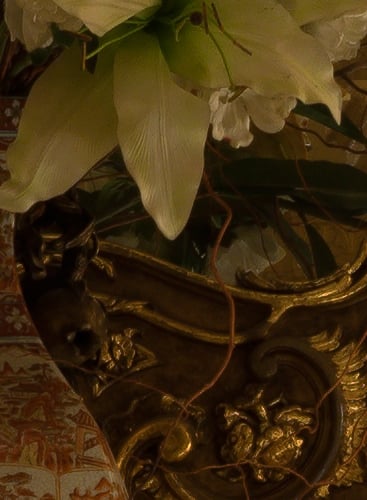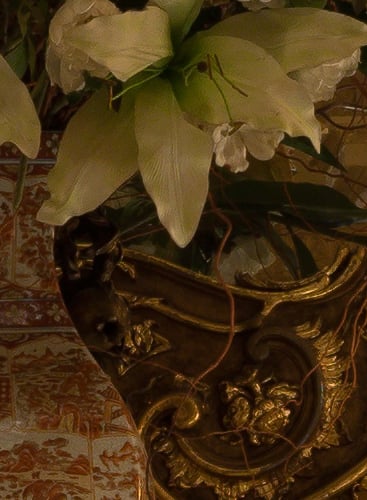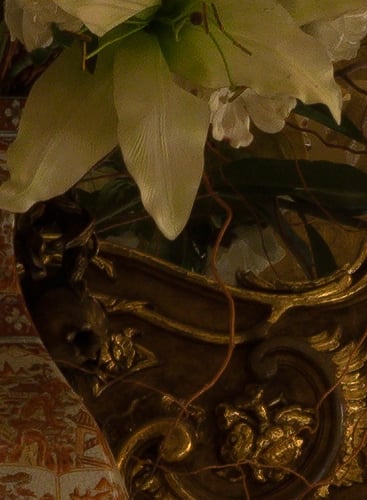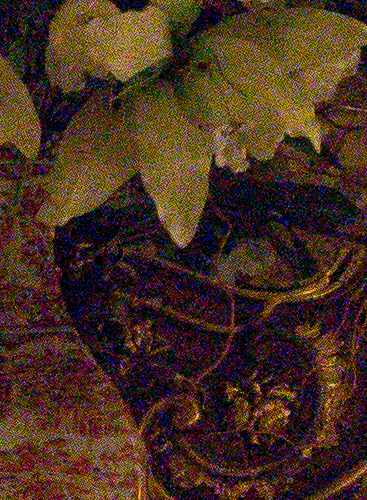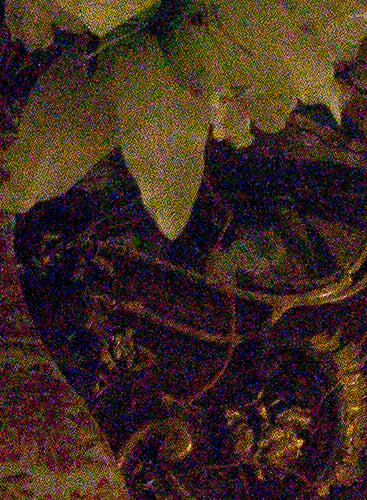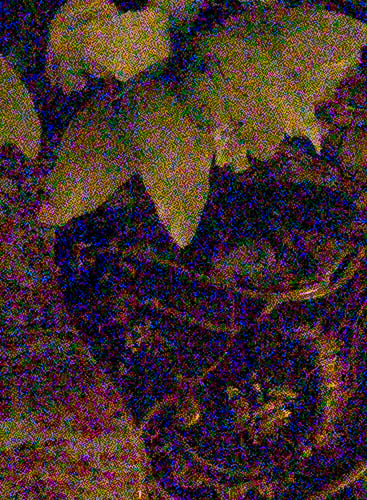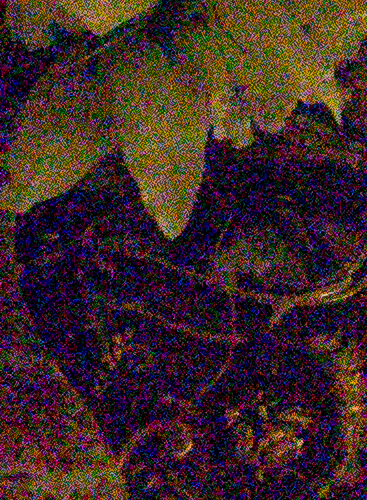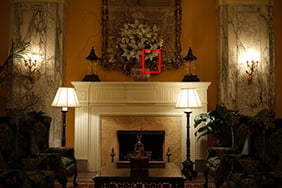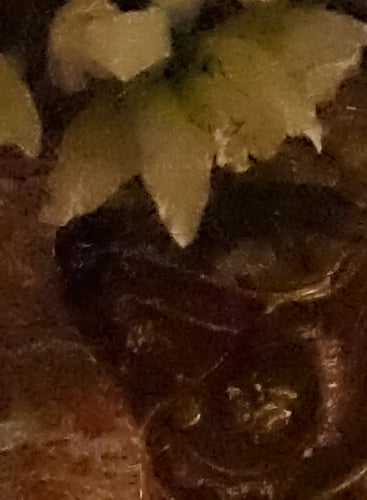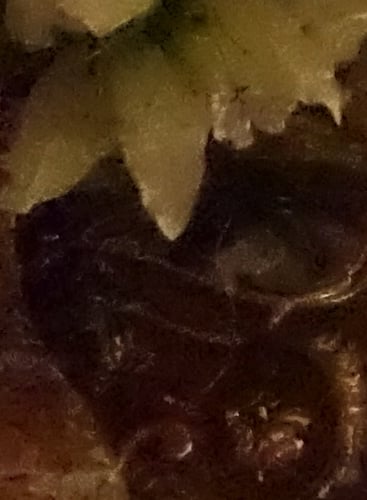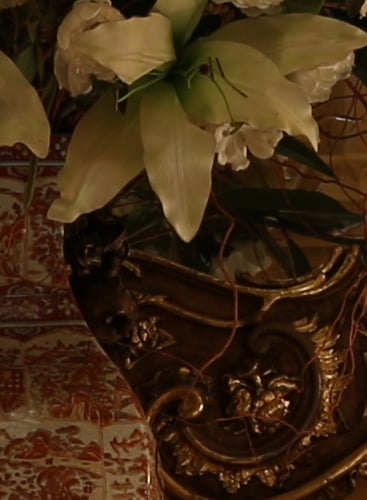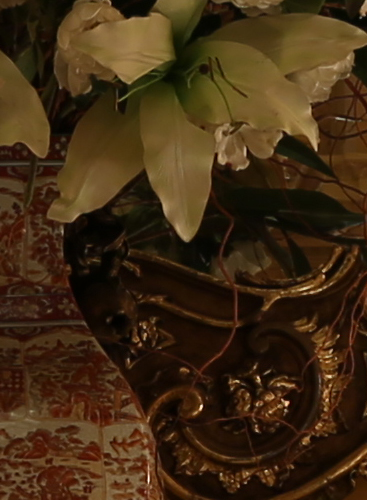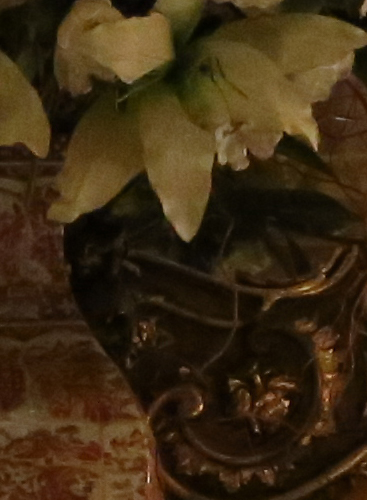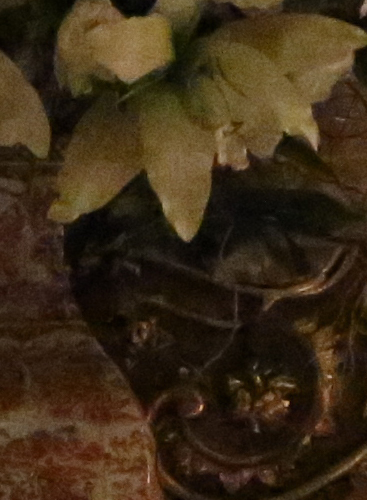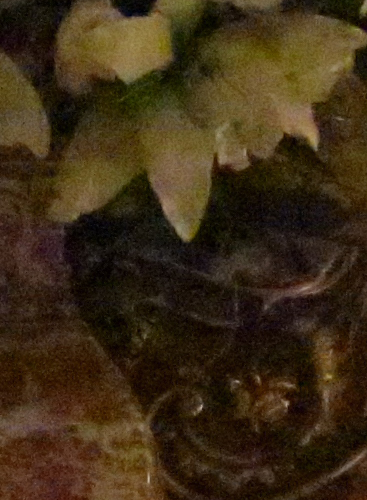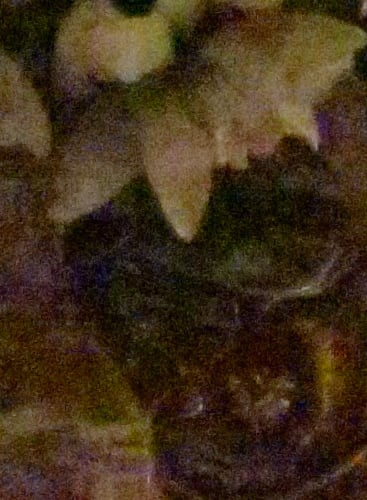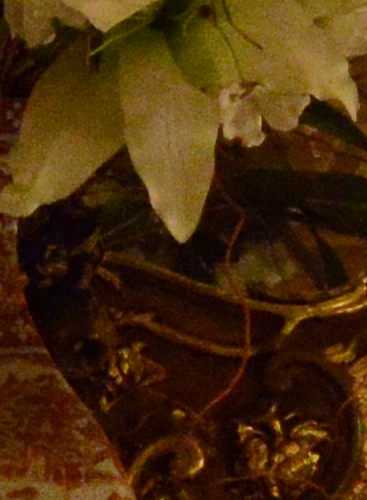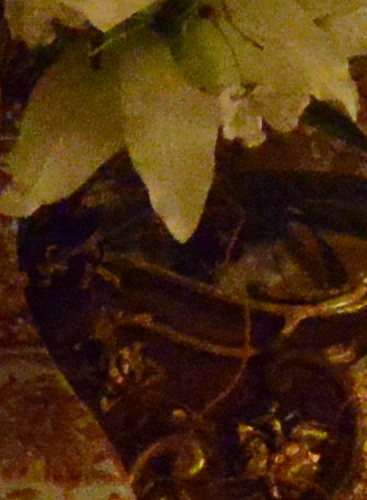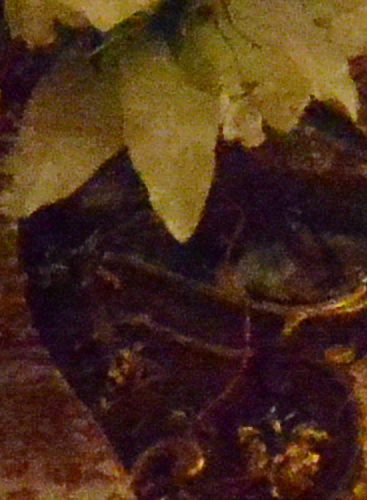Sony Alpha A7 review
-
-
Written by Gordon Laing
Quality
Sony Alpha A7 vs Alpha A7r Quality JPEG
|
Sony Alpha A7 JPEG |
Sony Alpha A7r JPEG | |
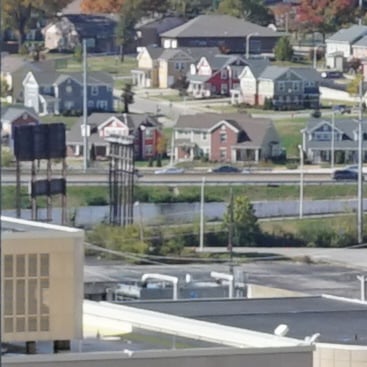 | 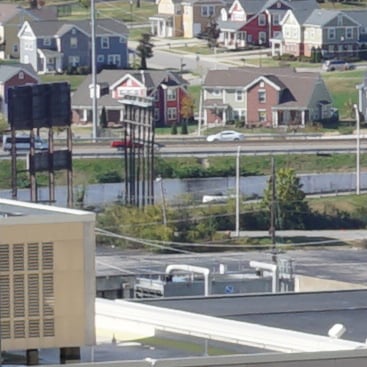 | |
f8, 100 ISO |
f8, 100 ISO | |
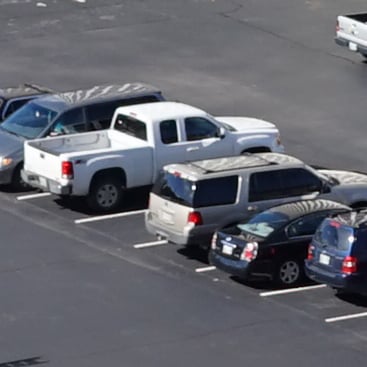 | 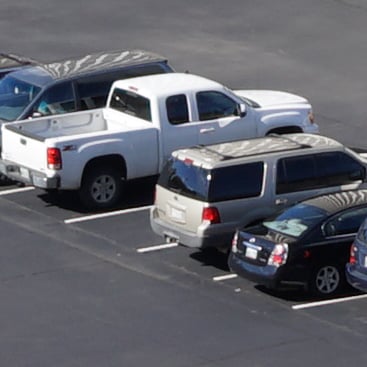 | |
f8, 100 ISO |
f8, 100 ISO | |
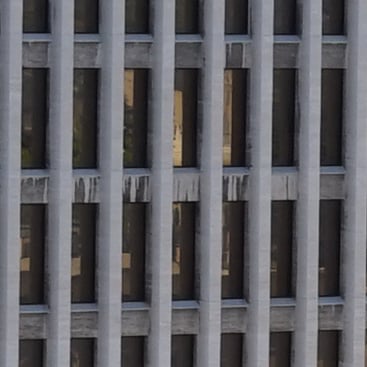 | 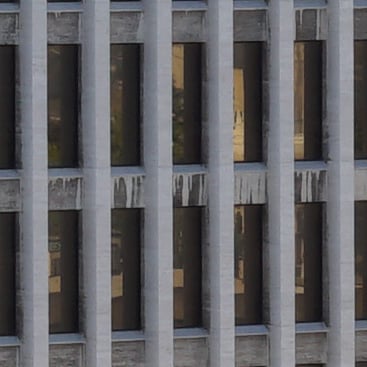 | |
f8, 100 ISO |
f8, 100 ISO | |
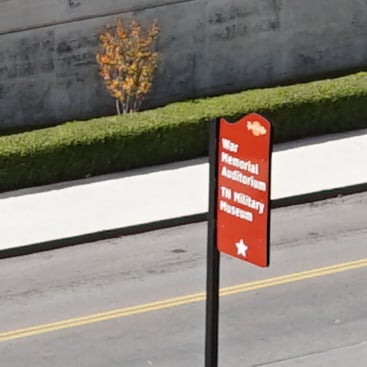 |  | |
f8, 100 ISO |
f8, 100 ISO | |
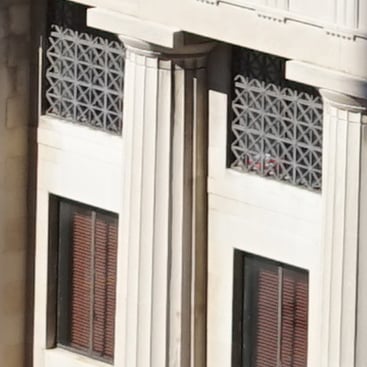 | 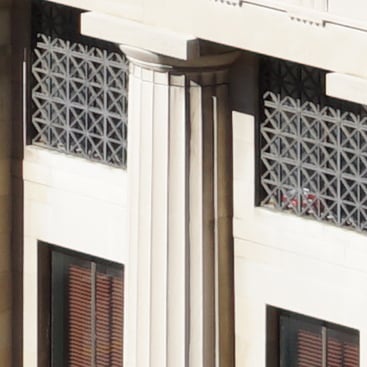 | |
f8, 100 ISO |
f8, 100 ISO | |
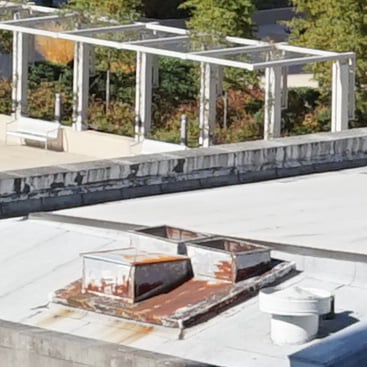 | 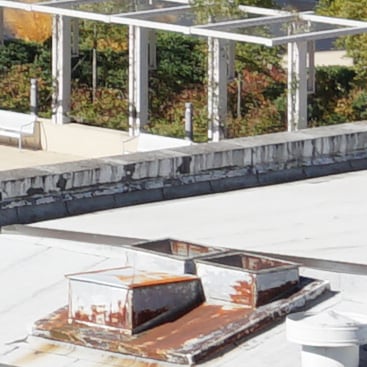 | |
f8, 100 ISO |
f8, 100 ISO | |
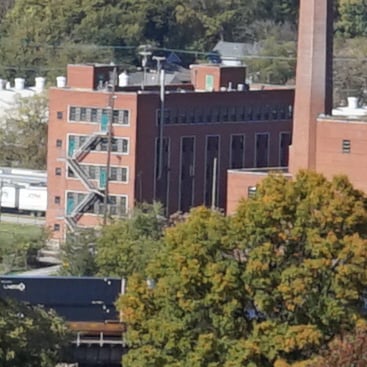 | 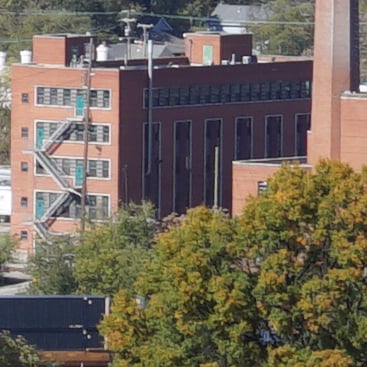 | |
f8, 100 ISO |
f8, 100 ISO |
Sony Alpha A7 results : A7 vs A7r quality / A7 vs A7r noise / A7 vs 5D3 noise/ A7 vs D800e noise
Sony Alpha A7 vs Alpha A7r Quality JPEG
I processed the RAW files from both cameras in Adobe Camera RAW using identical settings: Sharpening at 70 / 0.5 / 36 / 10, Luminance and Colour Noise Reduction both set to zero, and the Process to 2012 with the Adobe Standard profile. These settings were chosen to reveal the differences in sensor quality and isolate them from in-camera processing. The high degree of sharpening with a small radius enhances the finest details without causing undesirable artefacts, while the zero noise reduction unveils what’s really going on behind the scenes – as such the visible noise levels at higher ISOs will be much greater than you’re used to seeing in many comparisons, but again it’s an approach that’s designed to show the actual detail that’s being recorded before you start work on processing and cleaning it up if desired. If you’re comparing the RAW results with those from my earlier JPEG comparison, the first thing you’ll notice is how well Sony’s JPEG engine is working on the A7 and A7r. Some cameras seem to put little effort into their JPEGs, but Sony’s engine clearly understands the capabilities of each sensor, applying enough sharpening and noise reduction for clean and crisp results without artefacts from either. Look closely and you’ll see the high degree of sharpening on my processed RAW files below has definitely unveiled additional fine detail, particularly visible in the creases on the petals. The A7r is still recording finer details, but the A7 RAW crops reveal a visible improvement over their JPEG versions. But the boost in sharpening and zero noise reduction understandably means noise speckles appear sooner rather than later. There’s the faintest sign of them at 100 ISO, and most will see them at 200 and 400 ISO. Beyond here there’s a decent sprinking of noise speckles to contend with, although as you’ll discover on the following pages, they’re in a similar ball park to the Canon EOS 5D Mark III and Nikon D800e when both are processed using the same settings. As for whether the A7 has less noise to start with, I’d say it enjoys a small benefit at 6400 ISO and above, but as noted on my JPEG comparison, much of that is eroded by simply down-sampling the A7r files to the same resolution. I certainly wouldn’t say the A7 offers decisively lower noise levels and is the one to go for if you want better high ISO performance. Ultimately I’d say careful processing of the A7 and A7r RAW files will definitely unveil some finer details and is well worth doing if you want to coax the best out of each model, but unless you’re shooting at the lowest sensitivities, you’ll want to combine it with careful noise reduction. In the meantime, this page again illustrates how good the Sony JPEGs are using their default settings. Now let’s see how the A7 compares against one of the most popular full-frame DSLRs around, the Canon EOS 5D Mark III – find out in my Sony A7 vs Canon EOS 5D Mark III noise results. Alternatively check out my Sony A7 vs Nikon D800e noise comparisons, or head over to my Sony A7 sample images!
| |||||||||||||||||||||||||||||||||||||||||||||||||||||||||||||||||||||||||||||||||||||||||||||||||||||||||||||||
Sony Alpha A7r results : A7r vs A7 quality / A7r vs A7 noise / A7r vs 5D3 noise/ A7r vs D800e noise |
Sony Alpha A7 vs Alpha A7r Quality JPEG
My first noise comparison is between the Sony Alpha A7 and it’s higher resolution counterpart, the A7r. I fitted each camera in turn with the same Zeiss 35mm f2.8 lens set to f8 in Aperture Priority mode, so what you’re looking at below is a direct comparison between their sensors and image processing strategies. As a reminder the A7r has a higher resolution 36 Megapixel sensor without an optical low pass filter, whereas the A7 has a lower resolution 24 Megapixel sensor with an optical low pass filter; the A7 also has phase-detect AF points embedded in the sensor which the camera must interpolate around to generate an uninterrupted image. In theory the higher resolution and lack of low pass filter on the A7r should allow it to deliver crisper, more detailed results at lower sensitivities, but the larger pixel pitch of the A7 could give it an advantage in noise at higher sensitivities. I’d say at up to 400 ISO, both cameras are fairly evenly matched in terms of noise levels, but the A7r enjoys visibly superior detail – this is particularly apparent in the creases on the central petal, along with the patterns on the vase in the lower left. That’s not to say the A7 looks bad at all, on the contrary, it’s capturing loads of fine detail, but the A7r is definitely doing better in this regard. At 800 ISO both cameras exhibit some softening of ultimate detail and viewed at 100% the A7 may be a fraction cleaner, but remember you could always down-sample the A7r image to 24 Megapixels and enjoy much the same result. 1600 ISO is where both cameras begin to visibly suffer from noise artefacts – those nice crisp creases in the petals are being wiped-out along with the fine details in the vase. Again I’d say the A7r is suffering a little more than the A7 at this point, but once down-sampled there’s not much in it. At 3200 ISO there’s another noticeable decrease in quality with the A7r exhibiting more noise than the A7, but arguably retaining more detail in the vase. At 6400 ISO up to the maximum 25600 ISO both cameras go steadily downhill with more noise and less detail. You could argue the A7 crops may contain fractionally sharper details, but we’re in the realms of serious pixel peeping here and I don’t think there’s a great deal in it, especially if you down-sample the A7r or output them at the same size. In my view I’d say the A7r is the winner here, capturing finer details at the lower sensitivities and only barely falling behind at higher ISOs – an advantage which is effectively eroded if you down-sample the A7r images or print them the same size. I hoped the A7 might fight back with decisively lower noise at high ISOs, but it’s not obvious in my tests below. So if the highest quality is your priority, the A7r should be your top choice, but for the best results, shoot below 400 ISO. How much noise is behind the scenes? I’ll have to wait for support from Adobe Camera RAW to really be able to say, but for now I can offer you additional JPEG noise comparisons with their two main full-frame rivals. So check out my Sony A7 vs Canon 5D Mark III noise and Sony A7 vs Nikon D800e noise comparisons, or head over to my Sony A7 sample images!
| |||||||||||||||||||||||||||||||||||||||||||||||||||||||||||||||||||||||||||||||||||||||||||||||||||||||||||||||
Sony Alpha A7 results : A7 vs A7r quality / A7 vs A7r noise / A7 vs 5D3 noise/ A7 vs D800e noise |
Sony Alpha A7 vs Canon EOS 5D Mark III Noise JPEG
I rented the Canon EOS 5D Mark III and Nikon D800e from BorrowLenses.com – a great service for evaluating gear in the US! If you’re in the UK, I’d recommend renting gear from Hireacamera! My second noise comparison is between the Sony Alpha A7 and Canon’s EOS 5D Mark III. I fitted the A7 with the Zeiss 35mm f2.8 lens and the 5D Mark III with the EF 35mm f1.4 lens, both set to f8 in Aperture Priority. What you’re looking at below is a 24 Megapixel model versus a 22 Megapixel model, both with optical low pass filters. At first glance the Sony A7 looks superior thanks to crisper image processing by default on its JPEGs. In comparison the Canon 5D Mark III looks a little soft. But look closely and you’ll see both sets of crops share essentially the same amount of detail, with the main difference simply being the amount of sharpening and noise reduction applied by default for out-of-camera JPEGs. Beyond 6400 ISO the Canon appears enjoys an advantage, but this may again be down to processing more than a better sensor. But below 6400 ISO I’d say they’re actually very evenly matched, with any differences again being down to processing strategies. I personally feel Canon is a being a bit restrained on its DSLRs, applying modest sharpening and arguably a little too much noise reduction at higher sensitivities. This gives their default JPEGs a softer look. Meanwhile I think Sony has struck the balance just about right – at least to my tastes – on its default JPEGs with sufficient sharpening to bring out the details without suffering from unwanted artefacts. Ultimately though it’s pretty much just image processing strategies you’re comparing below, and it is of course possible to boost the sharpening on the Canon or indeed turn it down on the Sony if preferred. I’m very familiar with Canon’s files and know the 5D3 images respond very well to a boost in sharpening, especially applied to RAW files and that’s just what I’ll do when the Sony cameras are fully supported in Adobe Camera RAW. But for now I’d say the Alpha A7 and 5D Mark III share very similar levels of detail and noise across most of their sensitivity ranges. But what happens when you compare the A7 to another 36 Megapixel full-frame sensor without an optical low pass filter? Find out on my Sony A7 vs Nikon D800e noise results page, or if you’ve seen enough, skip to my Sony A7 sample images.
| |||||||||||||||||||||||||||||||||||||||||||||||||||||||||||||||||||||||||||||||||||||||||||||||||||||||||||||||||||||||||||||||||
Sony Alpha A7 results : A7 vs A7r quality / A7 vs A7r noise / A7 vs 5D3 noise/ A7 vs D800e noise |
Sony Alpha A7 vs Nikon D800e Noise JPEG
I rented the Canon EOS 5D Mark III and Nikon D800e from BorrowLenses.com – a great service for evaluating gear in the US! If you’re in the UK, I’d recommend renting gear from Hireacamera! My third noise comparison is between the Sony Alpha A7 and Nikon’s D800e. Here we’re comparing a 24 Megapixel sensor with an optical low pass filter against a 36 Megapixel sensor without an optical low pass filter. As such we’d expect to see the D800e out-resolving the A7 at lower sensitivities, but perhaps suffering from a little more noise at higher ISOs. I fitted the A7 with the Zeiss 35mm f2.8 lens and the D800e with the Nikkor AF-S 35mm f1.4G lens, both set to f8 in Aperture Priority. Like the EOS 5D Mark III, the D800e applies fairly modest sharpening to its JPEGs by default and this means you don’t get to see all the potential detail in the crops below – indeed the A7 actually looks quite close thanks to a punchier processing style by default. I certainly wouldnt say the D800e enjoys much of an advantage here, if any. As expected the D800e begins to suffer from visible noise sooner than the A7, and even as low as 1600 ISO I’d say it’s losing detail due to noise. At 3200 and 6400 ISO I reckon the A7 contains greater detail. It’s an interesting comparison as it proves out-of-camera JPEGs can really vary in usability. Most enthusiasts and pros would immediately discount them and start processing RAW files – and I can tell you this is where the D800e really shines – but I think some credit is due to Sony for generating such good looking JPEGs out of camera with the default settings. But again I’m in no doubt the D800e will comfortably out-resolve the A7 at lower sensitivities when I get a chance to compare RAW files. I now have a bunch of A7 sample images under a variety of conditions, or you can skip straight to my verdict!
|
Sony Alpha A7 results : A7 vs A7r quality / A7 vs A7r noise / A7 vs 5D3 noise/ A7 vs D800e noise |
